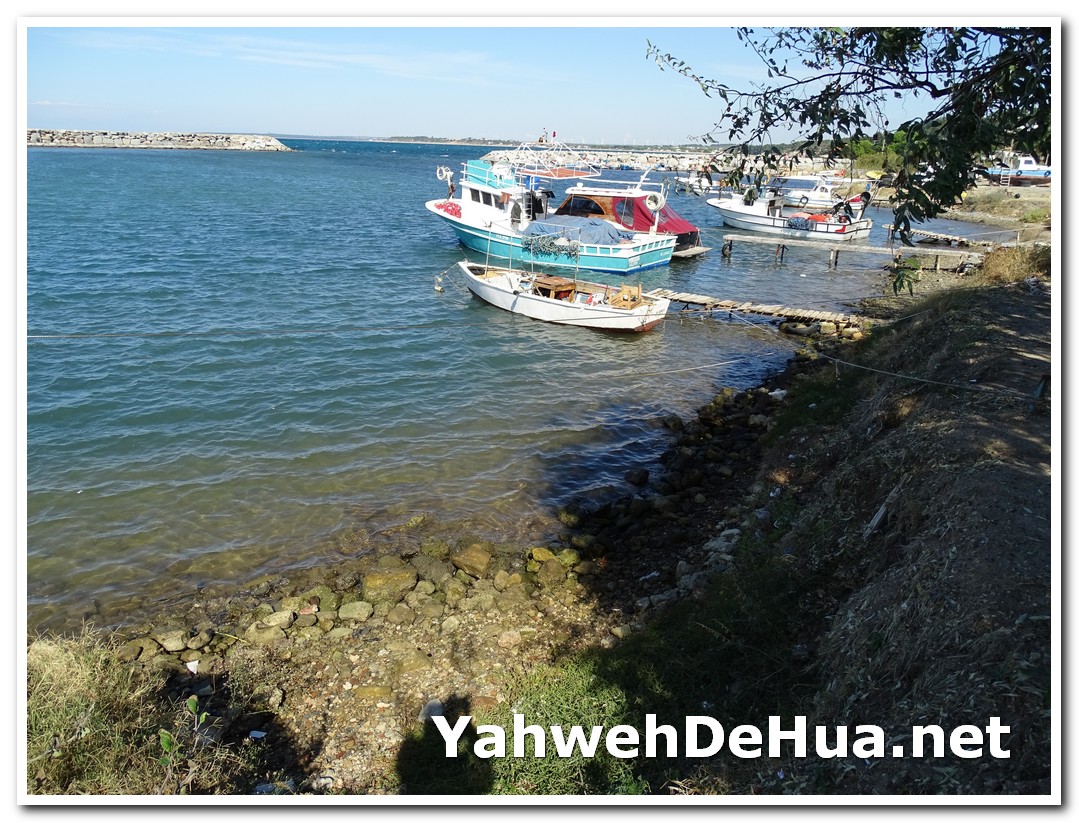Going over to Greece
Paul and his team confirmed that it was God's leading that they should go west into Macedonia (Greece) to preach the Gospel, therefore they immediately took action.
So putting out to sea from Troas, we sailed a straight course to Samothrace, and on the following day to Neapolis, and from there to Philippi, which is a leading city of that district of Macedonia, a Roman colony. And we were staying in this city for some days. (Acts 16:11-12)
As mentioned before, Alexandria Troas was a major sealine hub of the region. Merchant vessels were going in all directions.
They embarked on a ship going west, the first stop is at an island called Samothrace.
This is a rather small island, today the population is less than 3,000 islanders. In ancient times, there were settlements, not of any significance, the only attraction was the Sanctuary of the Great Gods, now an archaeological site of important Hellenic and pre-Hellenic religious importance.
The most famous artifact from the temple complex is the 2.5-metre marble statue of Nike (now known as the Winged Victory of Samothrace), which dates from about 190 BC. It is now located in Room 703 (Daru staircase), Denon wing, Level 1, at the Louvre in Paris.
👧👦









